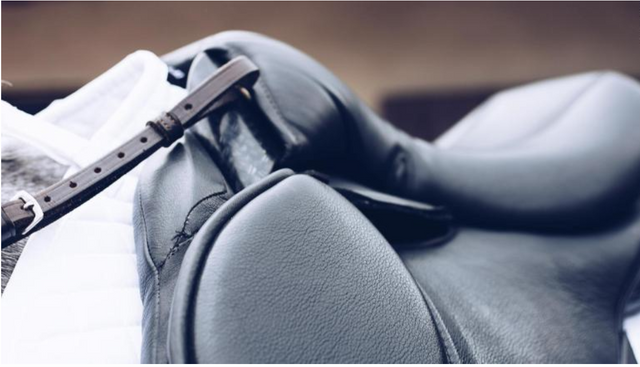The evolution of the saddle.....
Before reading this post .I want to say you something please write down your opinion at the commend box
In 2005, Martin Ryan was finishing up his degree in industrial and product design. As a keen showjumper and eventer, Ryan wondered why the technological advances seen across other sports were lacking in the equestrian disciplines.
"I was satisfied with what I had in terms of saddles, but I knew no better," Ryan told CNN. His curiosity and passion for show jumping inspired him to go back to basics, and he spent the next few years researching horse biomechanics while designing and testing materials. And, in 2015, the Bua saddle was launched to market.
"Traditional saddles are great, they're tried and tested through centuries, but a horse moves differently to the rider, and the structure inside a traditional saddle is for the rider, and secondary for the horse," " he said. "I wanted to balance the needs of the horse and the rider better."
The foundation of most saddles starts first with a structure called a tree. It acts as the bones of the saddle, balancing the rider and allowing the weight to be evenly distributed across the back of the horse.
"A standard tree conforms to the seat of the rider, and then for it to accommodate to the horse, it has padding attached to the underside," Ryan said. "With the Bua tree, it's in two -- it's a tree for the rider, and a tree for the horse. And it's joined at the front, which means it gives it a natural suspension between the two."
The cantilevered tree in the Bua saddle is made from a composite material often used in aerospace engineering, making it lightweight yet durable. Traditional materials like leather, then make up the soft components that provide padding and protection.
Ryan is the first to call his approach to saddle making somewhat unorthodox. Especially when describing the modular technology that makes the Bua saddle a flexible and interchangeable option that can fit various horses.
Since launching, Ryan says that the reviews of the saddle have been surprisingly positive, with their most common criticism being that the aesthetic was too unique -- to put it mildly.
"We had a few comments from people saying it was ugly," he said. "But we do recognize that to make the saddle more mainstream we have to make the appearance a bit more conventional."
For the company, this means making saddles in colors already recognized and accepted across the sport.
Aesthetics aside, the company says it usually only takes one ride to convince the skeptics.
"The first reaction is that they say it feels a bit different but then after five minutes they find they really enjoy it," says Ryan, "and that the horse moves more freely."
If you like this give upvote

Hi! I am a robot. I just upvoted you! I found similar content that readers might be interested in:
http://www.cbssportsblacksburg.com/news/the-evolution-of-the-saddle/
yea